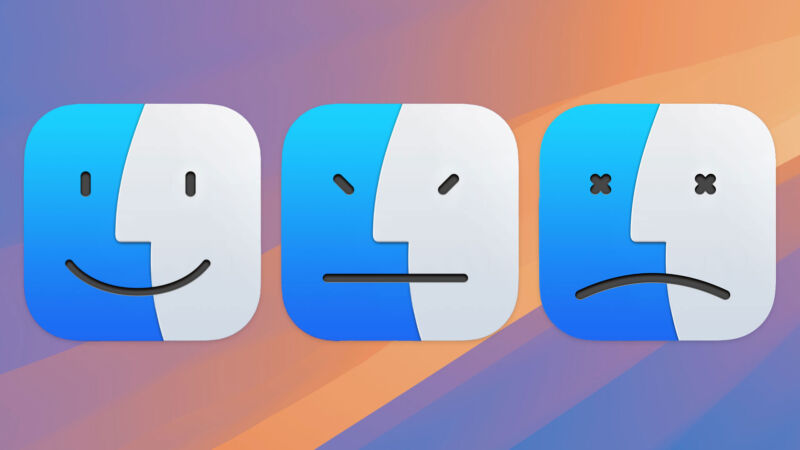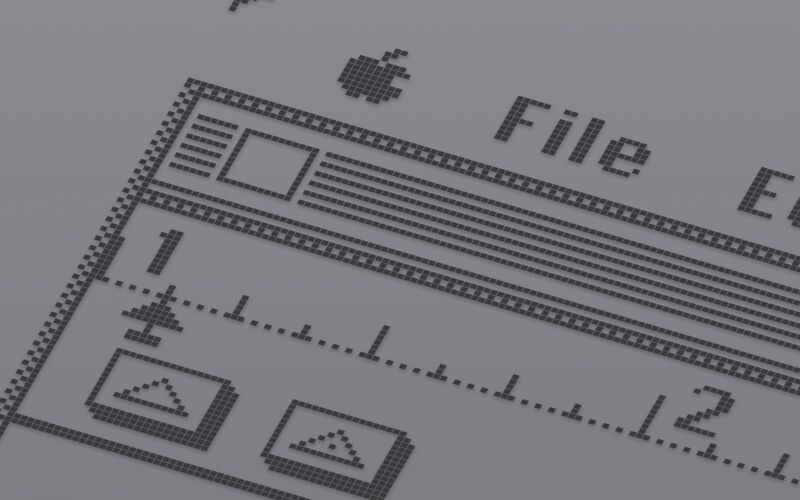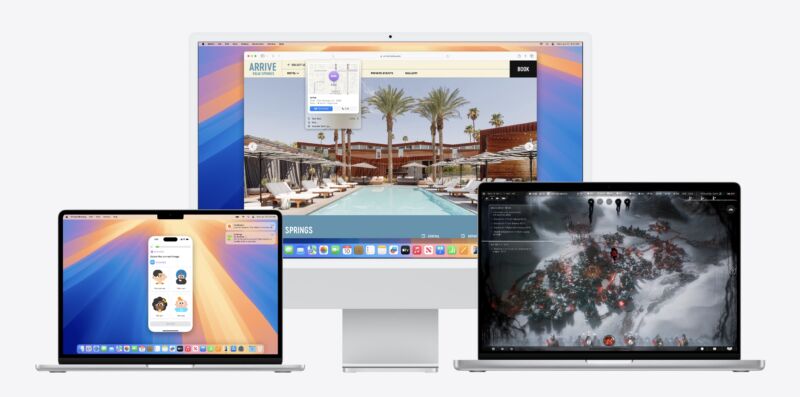MacBook Air gets hosed, other models hold steady in macOS 15 as Intel support fades

Enlarge (credit: Aurich Lawson)
As the Intel Mac era has wound down over the last couple of years, we've been painstakingly tracking the amount of software support that each outgoing model is getting. We did this to establish, with over 20 years' worth of hard data, whether Intel Mac owners were getting short shrift as Apple shifted its focus to Apple Silicon hardware and to software that leveraged Apple Silicon-exclusive capabilities.
So far, we've found that owners of Intel Macs made in the mid-to-late 2010s are definitely getting fewer major macOS updates and fewer years' worth of security updates than owners of Intel Macs made in the late 2000s and early 2010s but that these systems are still getting more generous support than old PowerPC Macs did after Apple switched to Intel's processors.
The good news with the macOS 15 Sequoia release is that Apple is dropping very few Intel Mac models this year, a much-needed pause that slows the steady acceleration of support-dropping we've seen over the last few macOS releases.

